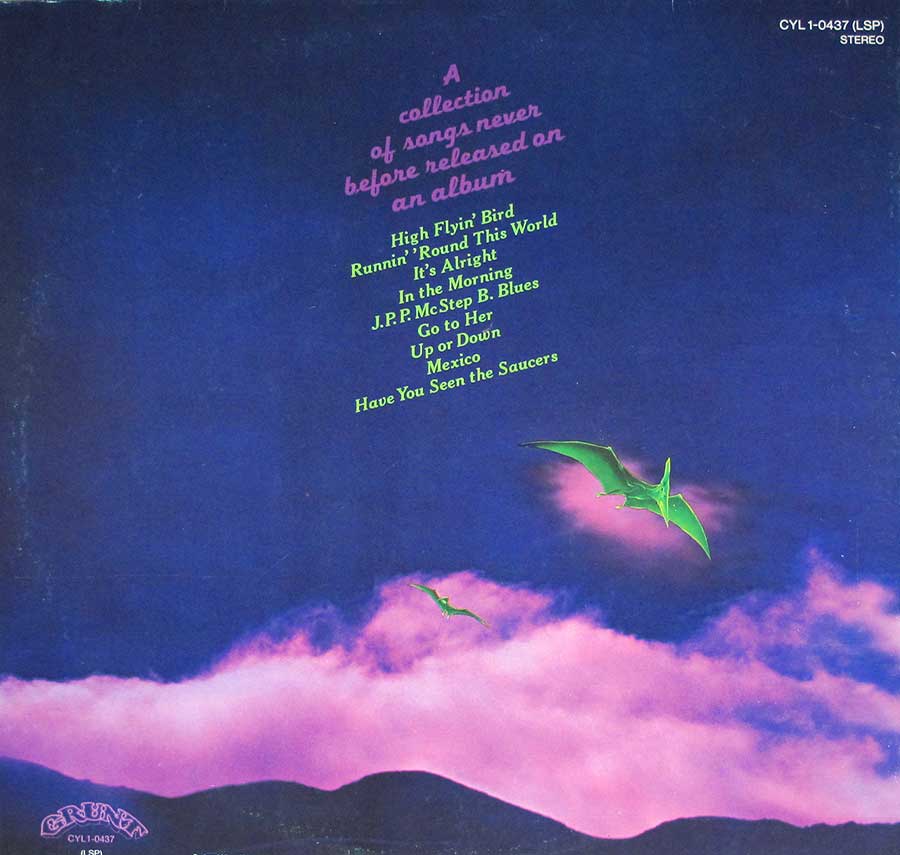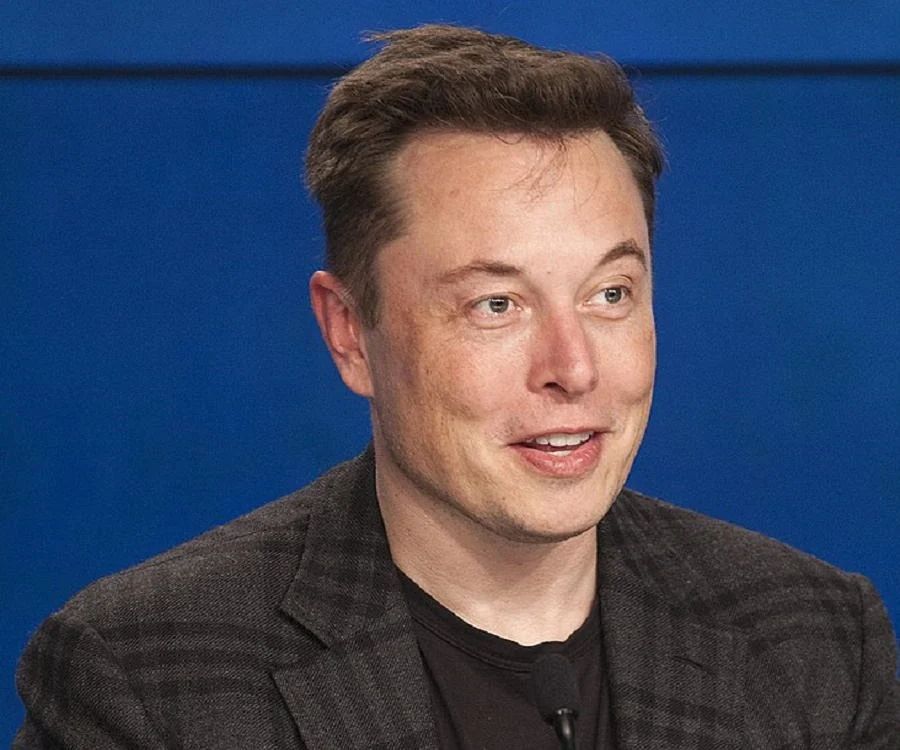
In the demanding, fast-paced world of tech and business, where leaders are often lauded for relentless work ethics and minimal sleep, Elon Musk stands out with a surprisingly simple yet profoundly effective habit: the 15-minute power nap. It may seem counterintuitive for a figure synonymous with hard work and determination to advocate for mid-day slumber, but Musk’s approach isn’t about laziness; it’s a calculated strategy for maximizing output and maintaining peak performance in the face of monumental challenges.
Musk’s willingness to embrace and publicly discuss his napping routine challenges the traditional corporate dogma that often glorifies constant grind over strategic rest. He, along with other high-performing individuals like Winston Churchill and Salvador Dali, has discovered a potent secret to sustained success: the power nap. This isn’t just a casual snooze; it’s a precisely timed cognitive tool designed to reboot the brain, sharpen focus, and enhance overall productivity.
This article will dive deep into why Elon Musk insists on these short bursts of rest, exploring the science that validates his methods, the tangible benefits it brings to his work and team, and how this simple yet revolutionary habit could redefine your own professional and personal success. We’ll look at not just Musk’s personal insights but also the broader implications for anyone looking to gain an edge in a competitive landscape. Get ready to rethink everything you thought you knew about rest and achievement.
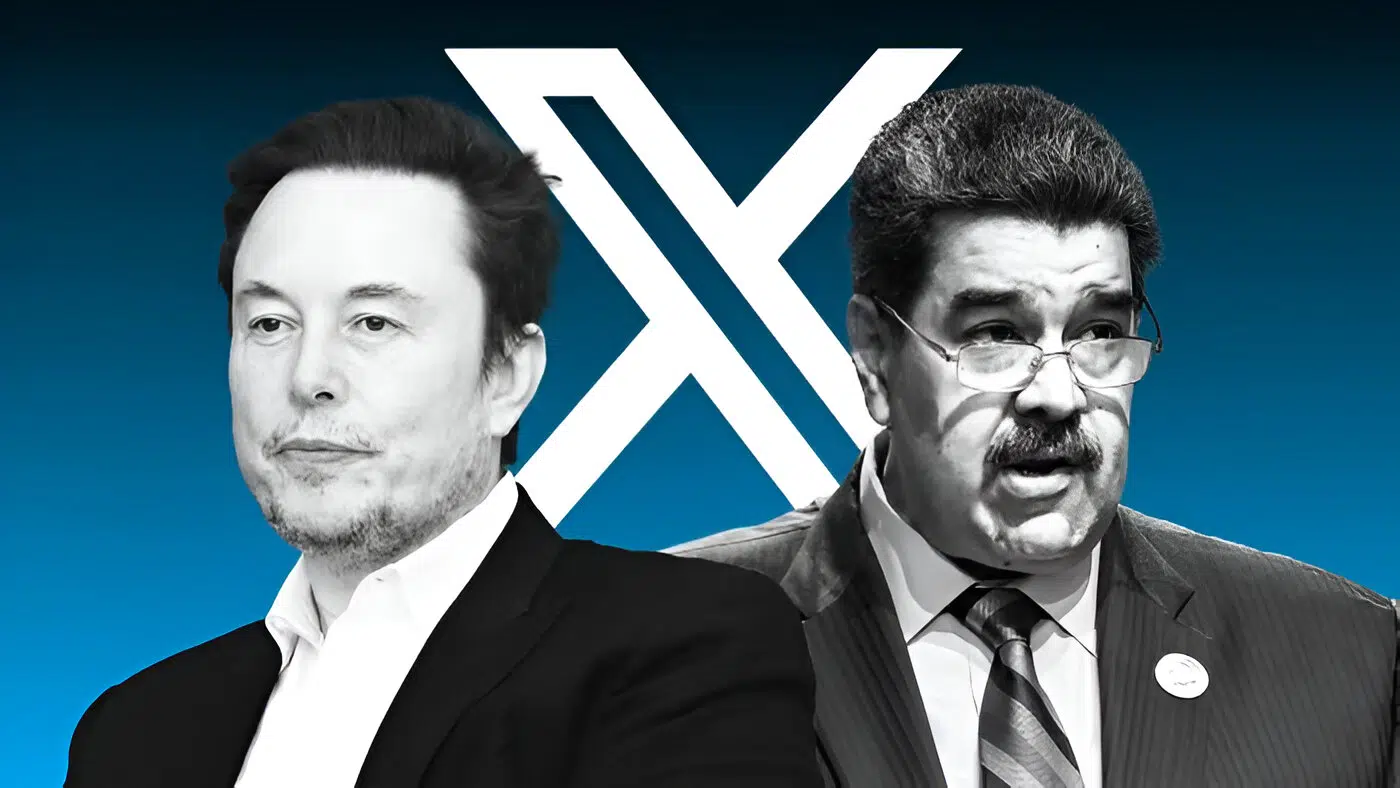
1. **Elon Musk’s Core Napping Philosophy: A Strategic Edge**Elon Musk’s embrace of napping is not merely a personal preference; it’s a strategic decision rooted in a deep understanding of human productivity and mental endurance. He believes these short periods of rest are fundamental to maintaining his intense schedule and staying at the forefront of multiple groundbreaking ventures. According to Musk, taking brief naps helps him to stay focused and significantly increases his productivity throughout the day.
His philosophy extends beyond just personal gain; he advocates for the power of naps to reduce stress and increase energy levels, viewing them as essential tools for sustained high performance. This belief isn’t an isolated one; scientific research consistently supports that a mere 20-30 minute nap can dramatically improve alertness and reaction time, validating Musk’s practical application of rest.
Despite his reliance on short naps, Musk also places a high value on his regular nighttime sleep. He follows a strict routine that includes a consistent bedtime and actively avoids late-night working sessions. This disciplined approach ensures that his regular sleep pattern remains intact, allowing naps to serve as a complementary tool rather than a substitute for foundational rest. This balance highlights a sophisticated understanding of how different forms of sleep contribute to overall well-being and productivity.
For Musk, naps are a critical component in achieving mental clarity and focus during a long, demanding day. He understands that the brain, much like any complex machine, requires periodic reboots to operate at its best. Research explicitly shows that napping improves decision-making, reduces stress, and increases productivity. By integrating naps, Musk routinely sharpens his cognitive abilities, allowing him to navigate complex challenges with a consistently keen mind.
This insight isn’t exclusive to those with Musk’s monumental commitments. The benefits of short, strategic naps extend to anyone facing long hours or demanding workloads. Even a modest 20-30 minute nap can significantly improve focus and effectiveness, making it a universally applicable strategy for enhancing daily performance and combating the pervasive fatigue of modern professional life.

2. **The Science Behind Power Napping: Unlocking Brain Potential**To truly appreciate the efficacy of Elon Musk’s napping routine, one must delve into the neuroscience that underpins the power nap. It’s not a mystical phenomenon but a precisely tuned biological process. Our brains naturally cycle through various sleep stages, each lasting approximately 90 minutes. The critical revelation, which high performers like Musk have intuitively grasped, is that a full sleep cycle isn’t necessary to reap profound benefits.
The sweet spot for a power nap is remarkably short: just 10 to 20 minutes. This duration is perfectly calibrated to allow the brain to dip into Stage 2 sleep, a crucial phase where significant memory consolidation begins. During this stage, the brain also actively flushes out adenosine, a neurotransmitter that accumulates throughout the day and contributes directly to feelings of tiredness and mental fog. This rapid clearance of adenosine is what provides that immediate sensation of refreshment and renewed alertness.
The danger lies in extending the nap beyond this optimal window. Going past 20 minutes significantly increases the risk of descending into deeper sleep stages. Waking abruptly from deep sleep can induce a profound sense of grogginess and disorientation, a phenomenon scientifically termed “sleep inertia.” This feeling is counterproductive, essentially undoing the benefits of the nap and leaving one feeling worse than before.
However, when the 15-minute window is expertly hit, the results are transformative. Studies reveal that a brief power nap acts as a powerful cognitive stimulant, capable of increasing alertness by a staggering 100%. Furthermore, it can boost logical reasoning skills by 40% and significantly enhance memory consolidation, allowing for sharper cognition for hours after waking. It’s akin to performing a high-speed reboot of your mental computer, clearing out unnecessary processes and optimizing performance.
This mental refresh enables the brain to clear out cognitive clutter, metaphorically defragging its hard drive, and coming back online with significantly enhanced processing power. The brevity and precision of the power nap are its greatest strengths, allowing individuals to quickly reset their cognitive functions without the lingering effects of deeper sleep. This scientific understanding clarifies why Musk, and many others, view power naps not as an indulgence, but as an indispensable tool for peak mental performance.

3. **Turbocharged Problem-Solving and Memory on Steroids: Cognitive Gains**The scientific benefits of power napping translate directly into tangible cognitive advantages that can significantly impact problem-solving abilities and memory retention. For leaders like Elon Musk, whose daily work involves navigating incredibly complex challenges and retaining vast amounts of information, these boosts are not merely desirable; they are essential for operating at an elite level.
One of the most compelling benefits is the dramatic enhancement of problem-solving capabilities. A mere 15-minute power nap has been shown to boost an individual’s ability to discern patterns and tackle intricate problems by as much as 40%. This surge in lateral thinking and analytical power means that post-nap, the brain is more agile, more creative, and better equipped to untangle issues that might have seemed insurmountable just moments before.
Equally impressive is the effect on memory. Research indicates that a brief nap can improve the recall of information by up to 500%. Imagine the implications for a busy professional: being able to retain five times more from a critical meeting, assimilate complex data more efficiently, or recall key details during a high-stakes negotiation. This memory boost is a powerful asset in any intellectually demanding role.
These improvements aren’t just about feeling less tired; they’re about unlocking a brain’s full, untapped potential. The refreshed brain, freed from adenosine build-up and having had a chance to consolidate recent learning, operates with heightened efficiency. It processes information faster, makes quicker connections, and retrieves stored data with greater accuracy, transforming how one engages with their work.
Ultimately, this means power napping is far more than a simple break; it’s a strategic investment in cognitive enhancement. It provides a unique competitive advantage in a world where mental acuity and rapid information processing are paramount. Understanding these profound cognitive gains underscores why high performers like Musk view power naps as a non-negotiable component of their daily regimen, rather than a luxury.

4. **Stress Reduction and Emotional Regulation: The Calm Amidst Chaos**In the high-pressure environments that leaders like Elon Musk inhabit, managing stress and maintaining emotional equilibrium are as crucial as intellectual prowess. Power napping emerges as a remarkably effective tool in this regard, offering a natural and potent antidote to the relentless demands of modern leadership. Its ability to lower physiological stress markers is a key factor in its overall benefits.
Crucially, power napping has been shown to lower cortisol levels, which is the body’s primary stress hormone. When cortisol levels are high, they can impair cognitive function, diminish decision-making capabilities, and contribute to feelings of anxiety and overwhelm. By reducing these levels, a brief nap directly contributes to clearer thinking, fosters more rational and effective decision-making, and significantly improves emotional regulation, allowing individuals to respond to challenges with greater composure.
Beyond the biochemical benefits, the act of taking a deliberate break provides a psychological reset. Tired individuals are often irritable, prone to snapping, and less capable of empathetic interaction. A power nap effectively resets one’s emotional state, restoring patience and improving the ability to accurately read social cues and respond appropriately. This enhancement in emotional intelligence is invaluable in team leadership and intricate interpersonal dynamics.
Musk himself is a known advocate for rest and relaxation, frequently speaking about the necessity of incorporating regular breaks throughout the day. His stance is that more time off should be encouraged in most jobs, underscoring his belief in rest not just as a productivity hack, but as a fundamental component of physical and mental wellbeing. This perspective emphasizes that a rested mind is not only more productive but also more resilient and emotionally stable.
Therefore, power naps are not merely about mitigating fatigue; they are a proactive strategy for building mental and emotional resilience. They enable individuals to navigate high-stress situations without succumbing to burnout, ensuring that leaders remain sharp, composed, and capable of inspiring their teams. This capacity for emotional regulation, nurtured by strategic rest, allows for sustained performance and healthier leadership.
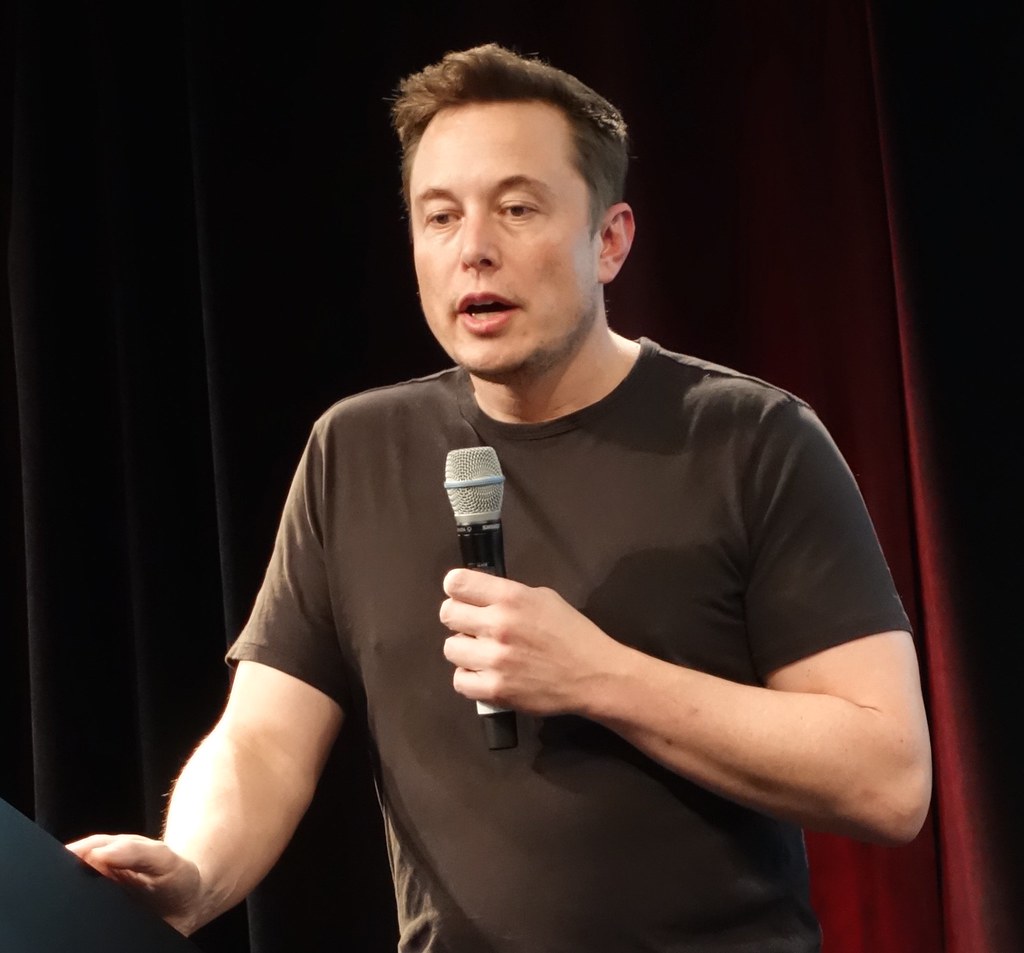
5. **Impact on Team Morale and Workplace Environment: Leading by Example**Elon Musk’s unconventional yet effective napping habits extend their influence far beyond his personal productivity, profoundly impacting his team members and shaping the general workplace environment. By openly embracing naps, Musk sets a powerful positive example, implicitly validating the importance of taking necessary “time outs” during the workday and prioritizing personal rest.
This leadership by example challenges the prevailing culture that often stigmatizes mid-day breaks, instead showing that strategic rest is a valuable component of an effective work strategy. Musk’s actions help to cultivate an open and positive environment where employees feel empowered to prioritize their own well-being, knowing that their leader not only permits but actively embodies the value of rest. This fosters a culture where everyone is encouraged to remain well-rested and alert, thereby working to their full potential.
Musk takes his naps seriously and actively encourages his team to do the same, aligning with his “work smarter, not longer” ethos. This philosophy moves beyond simply putting in hours; it advocates for efficiency and peak cognitive function. When team members are well-rested, they are more focused, more creative, and less prone to errors, which collectively contributes to higher quality output and a more dynamic work environment.
Furthermore, the shared practice of taking short breaks can be immensely beneficial for team morale and cohesion. Opportunities to step away from individual tasks, perhaps even for a brief moment together, allow team members to discuss the day’s events, unwind, and build stronger connections. These informal interactions can be a great way for colleagues to bond, fostering a sense of camaraderie and mutual support.
Ultimately, Musk’s prioritization of rest for himself and his team underscores his understanding of human capital. He recognizes that a focused and productive team is one that is also well-rested. By promoting and modeling these healthy habits, he ensures that his teams are not just working hard, but working effectively, with sustained energy and mental clarity.
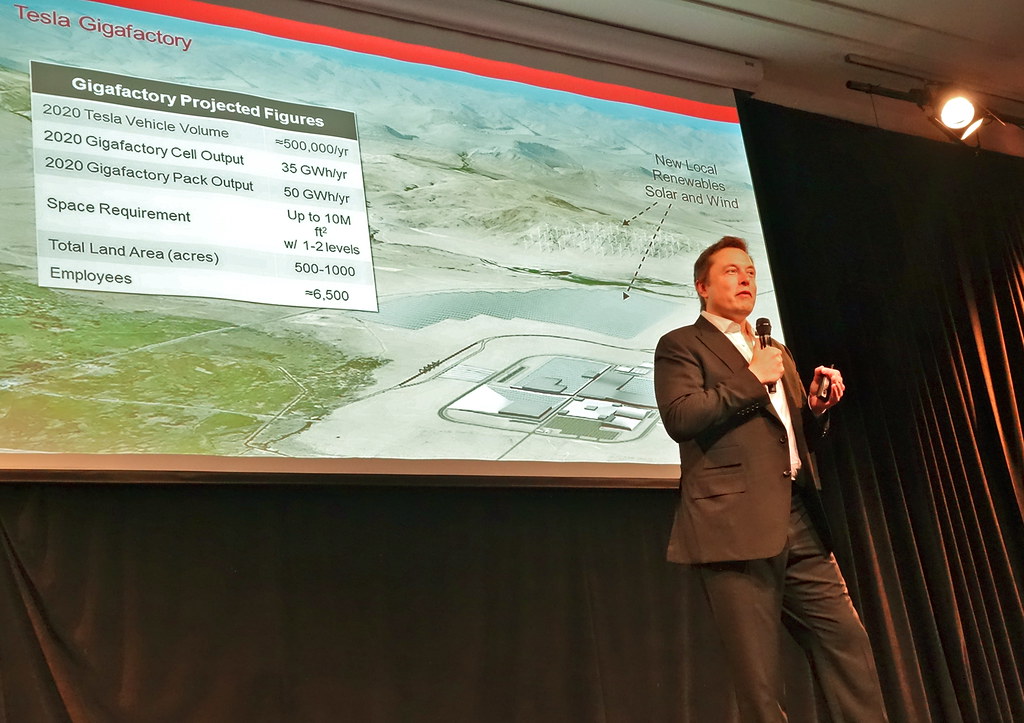
6. **Boosting Overall Health and Wellbeing: A Holistic Approach to Performance**One of the most significant and often overlooked effects of Elon Musk incorporating naps into his daily routine is the profound positive impact on his overall health and wellbeing. These strategically timed naps are more than just a quick mental reset; they are a vital component in a holistic approach to maintaining peak physical and mental condition, especially under immense pressure.
Regular 20-30 minute naps serve as a powerful mechanism to recharge both mental and physical energy during the day. This boost helps to significantly reduce accumulated stress, which, as a cascading benefit, contributes to improved overall health. Consistently integrating naps into the day also plays a crucial role in reducing the risk of burnout, allowing Musk to maintain a high level of productivity without depleting his vital resources over the long term.
Beyond mid-day rest, Musk also emphasizes the importance of a good night’s sleep. His evening routine is meticulously structured to avoid late-night working, ensuring he maintains a regular bedtime. This dedication to consistent nocturnal sleep provides the foundational rest his body requires, which, in turn, amplifies his mental clarity, sharpens his focus, and sustains his intrinsic hunger for work. It’s a testament to his commitment to balancing all aspects of his sleep health.
Musk is not merely a practitioner but also a vocal advocate for the necessity of rest and relaxation. He frequently speaks about the importance of taking regular breaks throughout the day, extending this philosophy to a broader societal context. He has even stated that more time off should be encouraged in most jobs, highlighting his conviction that adequate rest is indispensable for both physical and mental wellbeing across all professions.
In essence, Musk’s consistent integration of both strategic power naps and disciplined nightly sleep demonstrates a sophisticated understanding of how to sustain high-performance over time. It underscores that optimal productivity is inextricably linked to optimal health, and that thoughtful rest is not a concession but a critical investment in one’s enduring capacity to achieve and innovate.
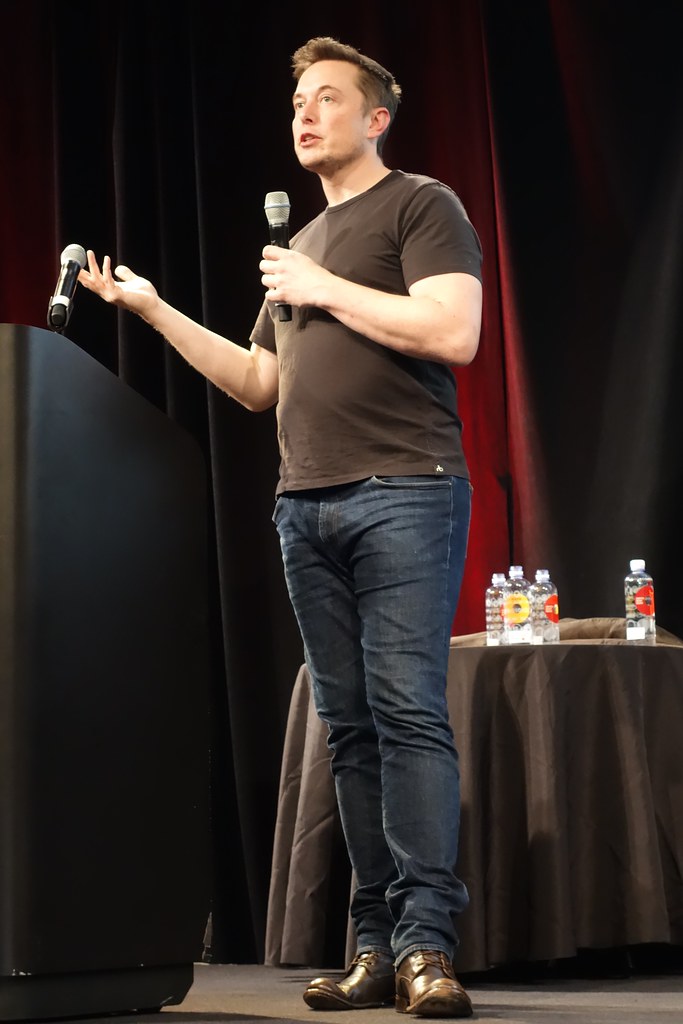
7. **The Perfect Power Nap Technique: Your Blueprint for Success**Moving beyond the ‘why,’ the true game-changer lies in mastering the ‘how’ of power napping. It’s not just about closing your eyes; it’s a precise technique designed to optimize your brain’s performance. The goal is to hit that sweet spot of rest without succumbing to the dreaded sleep inertia, ensuring you emerge sharper and more focused than before.
Precision in timing is paramount: aim for the 10 to 20-minute sweet spot. Setting an alarm for 25 minutes gives you a crucial 5-minute buffer to drift off. Overstepping this window risks falling into deeper sleep stages, leading to grogginess upon waking. Equally important is your environment: cool it down to 60-67°F (15-19°C), ensure darkness with an eye mask if needed, and cultivate silence or use white noise to minimize distractions. These conditions prime your body for efficient rest.
For those seeking an extra edge, mastering the ‘coffee nap’ is invaluable. This counterintuitive technique involves quickly drinking a cup of coffee immediately before lying down for your 20-minute nap. The magic happens as you wake up just as the caffeine begins to kick in, delivering a powerful double boost of alertness. Furthermore, consider your position: napping slightly upright, around 15 degrees, can prevent you from descending into deep sleep, making your wake-up much smoother.
Upon waking, a concise ritual can signal your body to shift to alertness. Expose yourself to light immediately, perform some light stretching or a few jumping jacks, and splash cold water on your face. This helps clear any residual fogginess. And if sleep proves elusive, don’t fret; even ‘wakeful rest’—simply closing your eyes and letting your mind wander—offers significant benefits, allowing your brain to gather information and reset.
Ultimately, consistency is king in power napping. Make it a regular habit, ideally at the same time and in the same place each day. Your body will adapt, learning to fall asleep faster and maximizing the efficiency of each nap. This deliberate practice transforms power napping from a random occurrence into a formidable superpower, readily available at your fingertips.

8. **Incorporating Power Naps into Your Daily Routine: Making It a Habit**Knowing the perfect technique is only half the battle; integrating power naps seamlessly into your demanding daily routine is where the real transformation occurs. This requires strategic planning and a commitment to making rest a non-negotiable component of your professional life, much like Elon Musk himself.
Begin by identifying your ‘Power Hour,’ which typically falls 8-9 hours after you wake up, often between 1 and 3 PM. This aligns with your body’s natural circadian dip, making it easier to fall asleep quickly and efficiently. Crucially, respect the ‘cut-off’ rule: avoid napping after 3 PM, as late naps can disrupt your precious nighttime sleep cycle, ultimately undermining your efforts to optimize your day.
Overcoming common obstacles is essential. For those who exclaim, ‘But I’m too busy!’, reframe it: you’re not losing 20 minutes, you’re gaining peak productivity hours. If concerns about appearing ‘lazy’ to your boss arise, educate them with the science behind power naps. And for those who believe they ‘can’t nap at work,’ get creative—your car, a quiet corner, or even a designated relaxation space can become your personal nap zone.
Leverage technology to your advantage. Apps like Pzizz or Sleep Cycle can help optimize your nap environment, while binaural beats can induce faster sleep. Consider investing in a smart sleep mask that tracks your sleep stages, waking you at the most opportune moment. To further signal your brain that it’s time to shift gears, establish a pre-nap ritual, such as 2 minutes of deep breathing exercises, progressive muscle relaxation, or a specific ‘nap-time’ playlist.
The ‘Post-Nap Power-Up’ is where your investment pays off. Plan your most challenging tasks immediately after your nap, capitalizing on your sharpened cognitive abilities. Maintain consistency on weekends to reinforce the habit, ensuring your body remains aligned with your routine. Finally, track and optimize your progress; a nap journal documenting duration, time, and post-nap feelings can reveal your ideal nap parameters, making this habit truly your own.
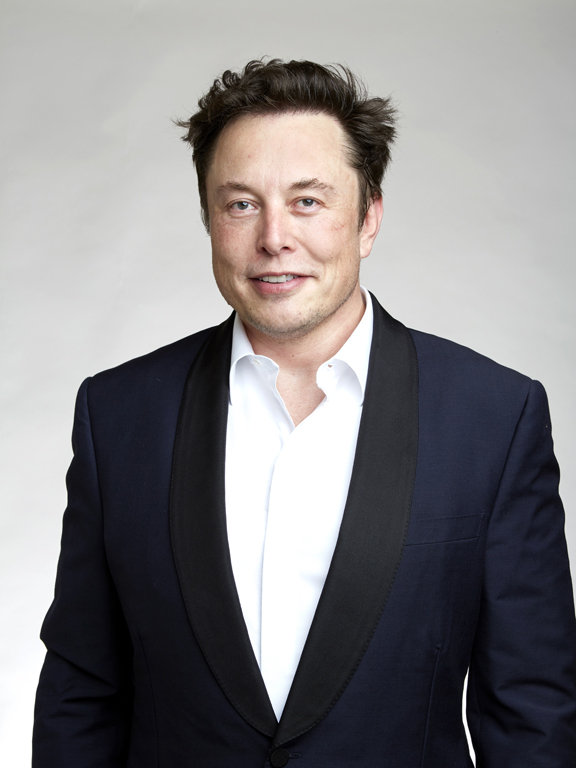
9. **Maximizing Post-Nap Productivity: Riding the Wave of Clarity**The strategic power nap doesn’t conclude when your alarm sounds; it marks the beginning of a heightened state of cognitive performance. To truly harness the benefits, it’s crucial to maximize the clarity and focus that follow, ensuring every minute counts in your pursuit of peak productivity.
Implement the ‘2-Minute Wake-Up Rule’ immediately after your nap. Instead of rushing back into tasks, grant yourself a brief transition period. Stretch lightly, hydrate with a glass of water, and take a few deep breaths to fully awaken your system. This short ritual primes your brain to hit the ground running, allowing you to tackle your most challenging, high-cognitive tasks right out of the gate, when your mental acuity is at its peak.
Consider dedicating the hour immediately following your nap as a ‘Post-Nap Power Hour.’ This is sacred time, free from meetings, calls, or distractions, designed for deep work where you can produce your best output. To amplify this effect, combine it with other proven productivity hacks, such as the Pomodoro Technique—25 minutes of focused work followed by a 5-minute break—or the ‘Two-Minute Rule,’ which encourages immediate action on small tasks.
This post-nap period is often characterized by a surge in creativity, making it an ideal time for brainstorming, intricate problem-solving, or any task demanding innovative thinking. Optimize your physical environment by ensuring your workspace is clean and organized before your nap, preparing a clear space for your refreshed mind. A specific post-nap playlist can also help maintain an alert and focused state, providing an auditory cue for sustained concentration.
Finally, solidify your gains with a routine ‘Post-Nap Review.’ Take 5 minutes to revisit your goals and priorities; your refreshed perspective might unveil new strategies or insights. Maintain hydration for sustained alertness and avoid the ‘Post-Nap Snack Trap’ of heavy foods that can induce a slump, opting instead for brain-boosting options like nuts or berries. Logging your ‘post-nap wins’ in a journal will provide tangible proof of your enhanced productivity, reinforcing the habit and motivating continued mastery.
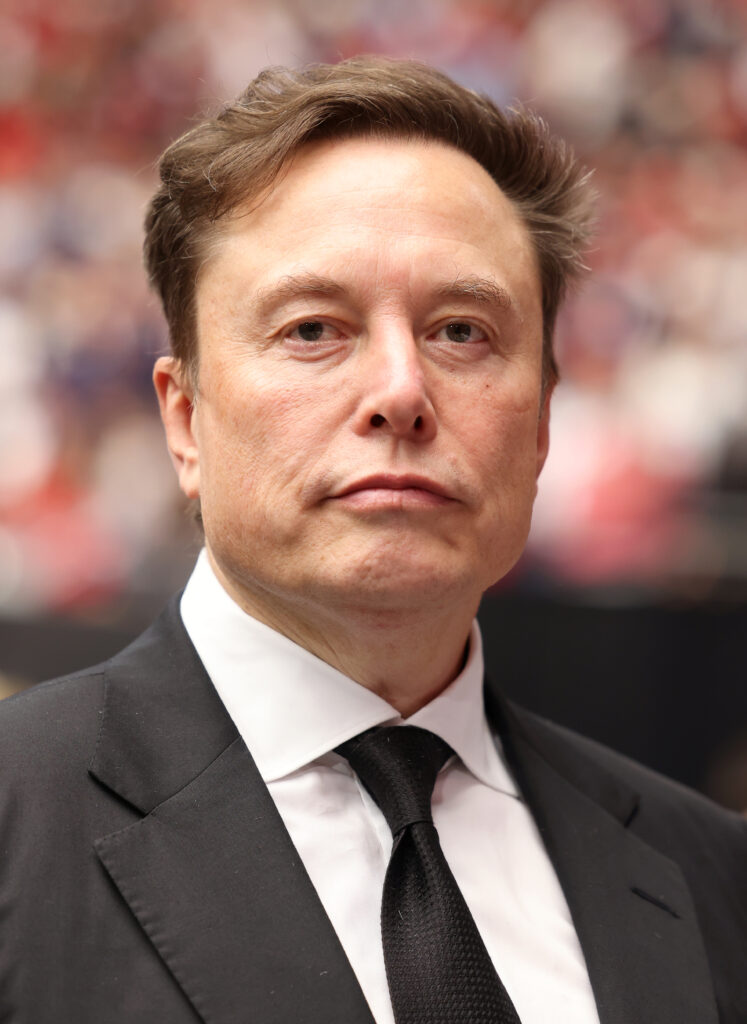
10. **Common Power Napping Mistakes to Avoid: Sidestepping Pitfalls**While power napping is a potent tool for performance, missteps can easily negate its benefits, turning a productivity booster into a potential hinderance. Understanding and actively avoiding these common pitfalls is crucial to consistently achieving the desired mental refresh and avoiding counterproductive outcomes.
One significant mistake is napping when you’re not genuinely tired. Forcing sleep is often futile and wastes valuable time, leading to frustration rather than rest. Similarly, succumbing to the ‘oversleep trap’—extending your nap beyond 30 minutes—is a critical error. This pushes you into deeper sleep stages, resulting in sleep inertia, that groggy, disoriented feeling that makes you less effective than before. Treat your alarm as non-negotiable; your peak performance depends on it.
Crucially, never view power naps as a replacement for adequate nighttime sleep. They are a supplement, designed to top up energy, not compensate for chronic sleep deprivation. Consistently shorting your nightly 7-9 hours and relying on naps is unsustainable and detrimental to long-term health. Inconsistent timing also disrupts your body’s natural circadian rhythm; high performers understand that routine, even for naps, is vital.
The ‘snooze button sabotage’ is another common trap. Hitting snooze after a power nap alarm immediately plunges you back into grogginess, undoing the nap’s effectiveness. Train yourself to rise promptly, like you’re spring-loaded. Furthermore, napping too late in the day, especially after 3 PM, can severely interfere with your ability to fall asleep at night, creating a vicious cycle of fatigue and disrupted rest.
Other subtle errors include falling into the ‘comfort trap’ by getting too cozy, which can inadvertently lead to oversleeping. Neglecting your environment—napping in noisy, bright, or warm conditions—will hinder effective rest. Stressing about falling asleep during your nap is counterproductive; remember, even quiet rest offers benefits. Lastly, waking up without a post-nap strategy means squandering the cognitive boost you’ve just earned; always have a high-value task ready to tackle.

11. **Is Strategic Napping Your Secret Weapon? Finding Your Fit**While Elon Musk champions the power nap, it’s vital to recognize that this isn’t a one-size-fits-all solution. Strategic napping is a powerful tool, but its effectiveness hinges on individual physiology and lifestyle. Understanding whether it’s the right fit for you involves self-assessment and, at times, professional guidance.
For many, power napping is indeed a secret weapon. It’s highly recommended for ‘high-performance seekers’ aiming to maximize daily productivity, ‘creatives and problem solvers’ who benefit from mental agility and fresh perspectives, and ‘shift workers’ who need to stay alert during irregular hours. Students can leverage naps to enhance memory consolidation between study sessions, and ‘entrepreneurs and leaders’ like Musk find it crucial for sharpening their cognitive edge and decision-making abilities.
However, some individuals should proceed with caution. If you suffer from insomnia, power naps might inadvertently interfere with your nighttime sleep, making it harder to establish a consistent sleep pattern; consulting a sleep specialist is advisable. ‘Deep sleepers’ who struggle to wake up from naps might need to experiment with shorter durations or alternative energy-boosting techniques. Those with undiagnosed sleep apnea should prioritize a proper diagnosis and treatment plan, as naps could mask symptoms of this serious condition. Additionally, individuals managing depression should work with their healthcare providers, as while naps can alleviate fatigue, they might exacerbate symptoms for some.
If power napping doesn’t align with your unique physiology or schedule, don’t despair; there are equally effective alternatives to boost energy and productivity. Consider incorporating short meditation sessions (10-15 minutes of mindfulness) to refresh your mind without the risk of grogginess. Light exercise, such as a brisk walk or quick stretches, can energize both body and mind. Breathing exercises, like box breathing, offer a rapid way to reset focus and energy levels. Strategic ‘power breaks’ away from your work can prevent mental fatigue, and critically, prioritizing proper sleep hygiene for quality nighttime rest often provides the most foundational solution.
Ultimately, the goal isn’t to force a nap, but to optimize your performance and well-being. Experiment, adjust, and discover your personal formula for peak performance. Your best self is waiting, whether that journey involves strategic power naps or a combination of other effective energy management techniques. The optimization journey is uniquely yours to define.
.jpg/1280px-Elon_Musk's_Tesla_Roadster_(40110297852).jpg)
12. **The Public’s Nod: Elon Musk’s Naps and Their Broader Reception**Elon Musk’s unconventional embrace of 15-minute power naps extends its influence far beyond his personal productivity; it has significantly shaped public perception and garnered a surprisingly positive broader reception. In a culture often glorifying relentless grind, Musk’s approach offers a refreshing counter-narrative.
The public reaction to Elon Musk taking naps is overwhelmingly positive. People, while admiring his intense work ethic, also recognize the crucial importance of regular breaks and prioritizing rest. They view his embrace of naps as a refreshing change from the traditional expectation of long, uninterrupted hours and constant hard work prevalent in many high-pressure environments, particularly the tech industry.
Musk’s approach serves as a compelling real-world example, highlighting the undeniable value of rest. He has become a living testament to how strategic pauses can significantly improve productivity and overall wellbeing. His vocal advocacy for regular naps and breaks has resonated with many people worldwide, inspiring them to reconsider their own work habits and the importance of self-care.
This message, championed by a figure as prominent as Elon Musk, is effectively spreading across the globe. Many individuals are now actively taking the time to incorporate quiet breaks and moments for reflection into their daily routines. This shift reflects a growing recognition that sustained high performance isn’t about working more hours, but about working smarter and ensuring mental and physical resilience.
In the demanding and competitive landscape of modern work, where the lines between professional and personal life often blur, Elon Musk’s commitment to strategic rest offers a profound lesson. His 15-minute power naps are not merely a personal quirk but a meticulously applied technique, validated by science and demonstrated by results. From boosting cognitive function and reducing stress to enhancing team dynamics and inspiring a global shift in workplace culture, the power nap emerges as an indispensable tool for anyone aspiring to achieve peak performance and maintain holistic well-being. This isn’t just about fitting more into your day; it’s about making every moment count, ensuring you’re always operating at your sharpest, most resilient self. As Musk exemplifies, sometimes the most productive thing you can do is take a nap. Get ready to power up your potential.

